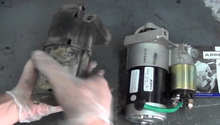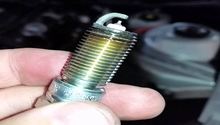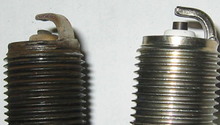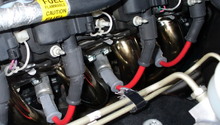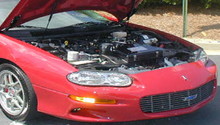Camaro and Firebird: Why Won't My Car Start?
Does your Camaro or Firebird keep leaving you stranded? This guide will help you get to the bottom of this issue.
This article applies to the Camaro and Firebird (1996-2002).
There are various things that can go wrong with your Camaro or Firebird that would cause it to not start. Although the feeling of being stranded is the worst feeling, the feeling of discovering the issue will be the sweetest to have. This guide will go over the diagnosis process, which will assist you in finding out the reason your car isn't starting. If your car isn't starting, read this guide before you call a tow truck and point to the dealership, you may end up saving a lot of money.

Materials Needed
- Jumper cables
- Voltmeter
Step 1 – Check battery
It could be dead.
If you hear a clicking noise when you go to start your engine, but the car doesn't turn over, then your battery is dead. This sound is the sound of your starter trying to start your engine, but your battery isn't giving it any current. To check the battery for sure, use your voltmeter to measure the battery's voltage. Put the red probe on your positive terminal, and put the green or black probe on your negative terminal. Your voltmeter should read around 12.6V. If your battery is dead, try to charge it, and make sure it holds the charge. If your battery can't hold a charge anymore, then it's time for a new one.
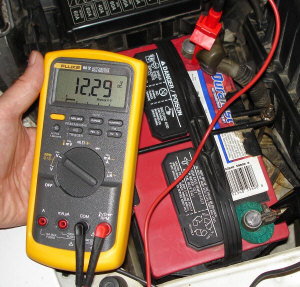
If your battery is working properly, proceed to Step 2.
Step 2 – Check the starter
It could be faulty.
The starter is what's responsible for starting your vehicle. Two things can go wrong with your starter: the starter can become faulty, or the starter's wires can crack and wear, which stops transferring current to the starter. If you're trying to start the car and the dash lights turn on, but you don't hear the engine cranking or clicking, that means the starter is bad. Be sure to check the wires coming out of the starter, especially the one connected to your battery.
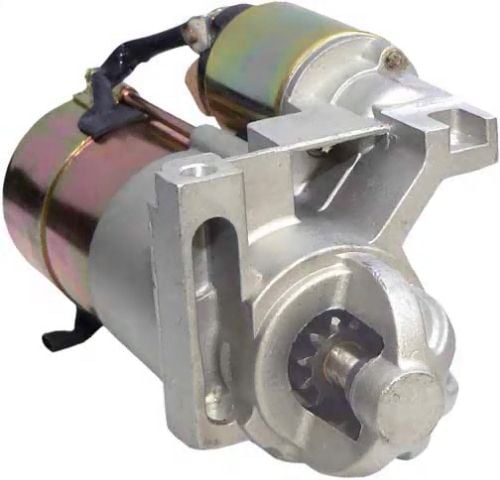
If the starter isn't the issue, proceed to Step 3.
Step 3 – Check the spark plugs and their wires
They could be burnt, cracked, or worn.
The spark plugs are what gives your engine spark, which is what starts the engine. If your engine is cranking, but it can't quite catch on and turn over, your spark plugs may be the issue. Before checking the spark plugs, check the spark plug wires. If the wires are worn or cracked, they won't send current to the spark plugs, which will cause them to not spark, thus your car failing to start. Remove the spark plugs and check their tips for any signs of burns. Remember, the spark plugs should be replaced every 30,000 miles, so if you haven't done so in a while, now is the time.
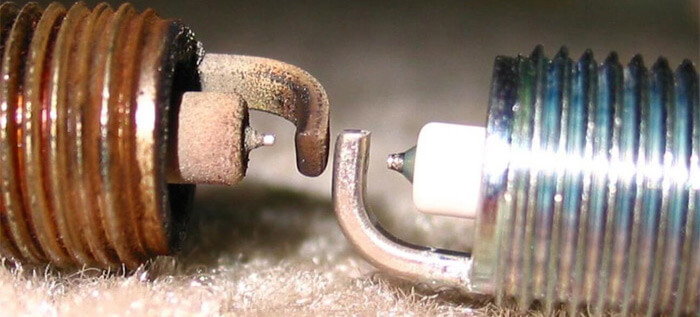
If your spark plugs are in a good condition, move to Step 4.
Step 4 – Check the fuel filter
It could be clogged.
The fuel filter is the gate between your fuel tank and the engine. If the fuel filter is clogged, it restricts the fuel going to the engine, and if there is not enough fuel going to the engine, the combustion process will be altered and the car won't start. The fuel filter is located in front of the rear wheel, right along the frame. Remove it, clean it, then blow in it; if you feel restriction, so will your car. Replace the clogged filter with a fresh one to allow the fuel to flow without hindrance.
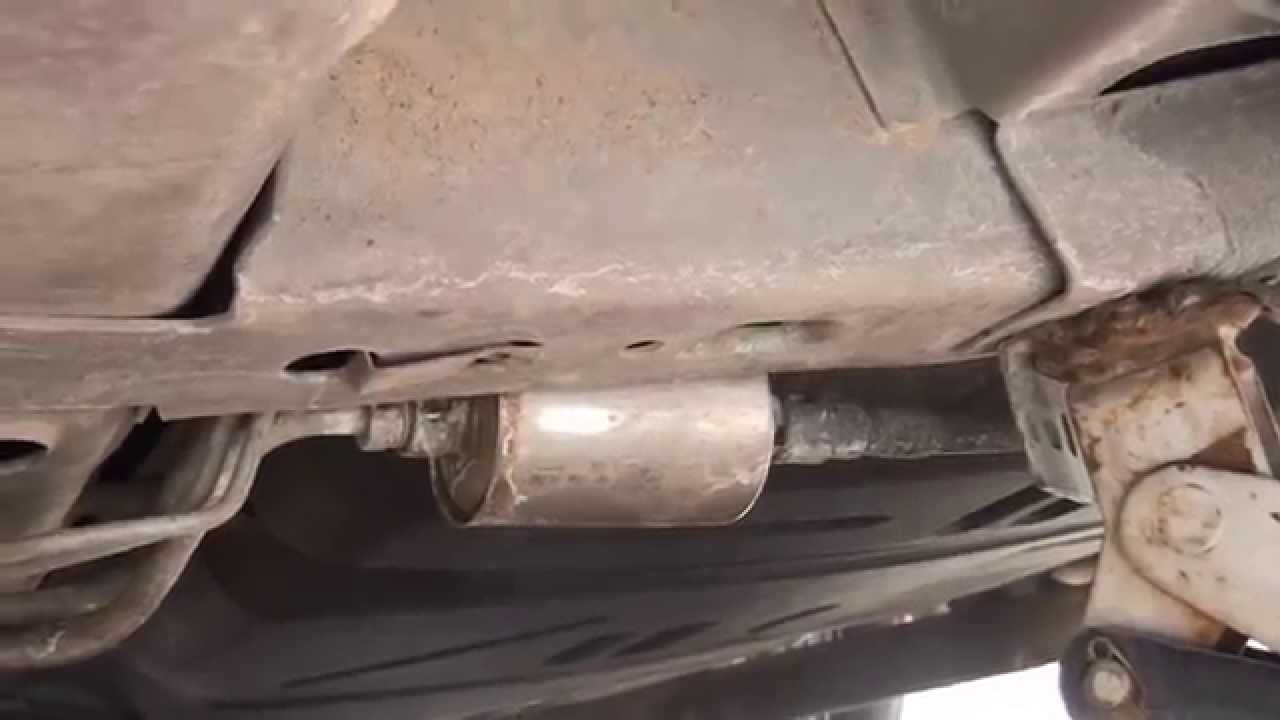
Related Discussions
- Car Sputters - LS1Tech.com
- Car Won't Start - LS1Tech.com
- Security Light is On - LS1Tech.com

